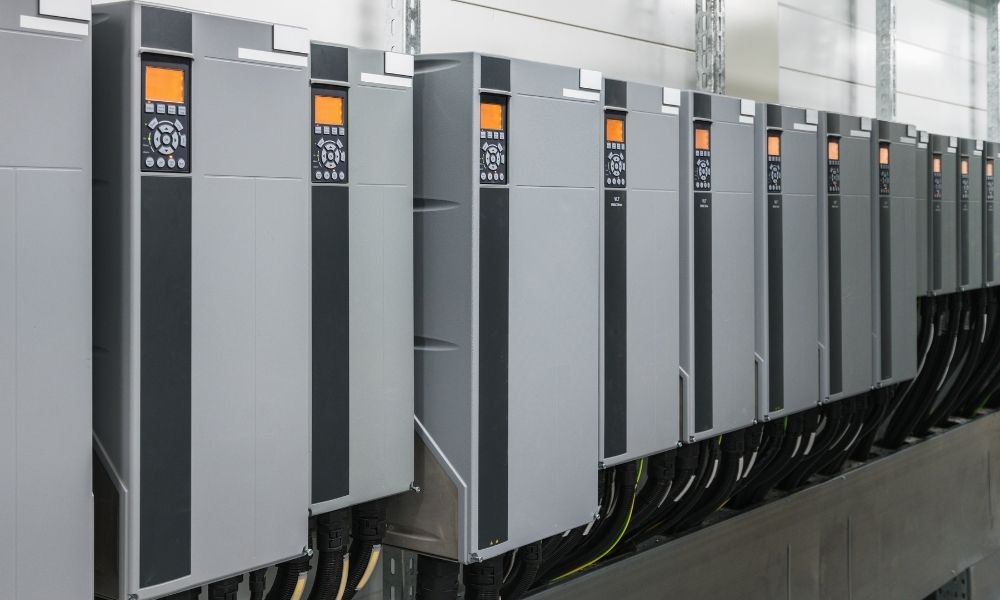When you’re looking at designing a power system, you’ll often find references of 50Hz and 60Hz frequency systems. Both are popular systems for producing power, but you’ll need to learn the differences between them to make educated decisions for your own systems. To help with that, here’s a guide on the differences between these systems.
Power
The biggest difference between 50Hz vs. 60Hz frequencies is the fact that a 60Hz system is 20 percent more powerful than a 50Hz system. This means that machines and motors running on 60Hz will run 20 percent faster. However, you can’t just use 60Hz frequency with any system and expect the system to run faster, as it may not be optimized for the higher frequency.
Functions
Although there’s a large difference in 50hz vs. 60hz power output, it doesn’t matter which frequency you use in most cases. System optimization is a lot more important, and most appliances and systems will function just fine on either frequency. That’s why most countries pick one frequency and stick with it; that way, manufacturers can produce items that will work with all the power sources in that country. It’s also why international travelers may need to use frequency converters.
For instance, in America, most power systems use a 50Hz frequency. You can’t build a system that uses 60Hz frequency in America without using a 60Hz to 50Hz frequency converter to allow the system to connect to most appliances.
Wire Management
One major difference is that 50Hz systems use more wires in their designs due to the different voltage requirements. This can make wire management slightly harder in 50Hz systems, but it typically doesn’t have a large effect on the overall system.
These are the primary differences between 50Hz and 60Hz frequencies. There are a few other differences between these systems, but small design changes can make them functionally the same across the board for most people.
